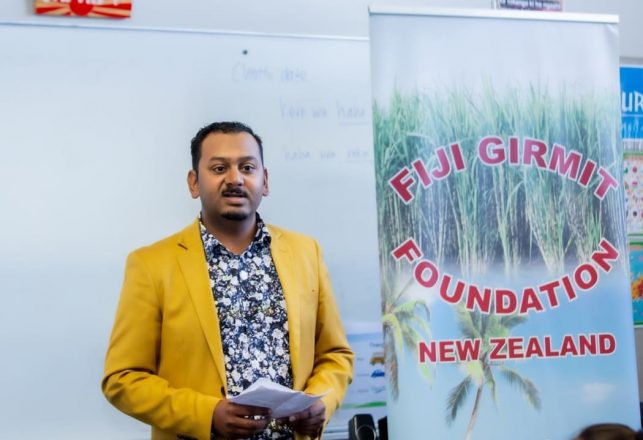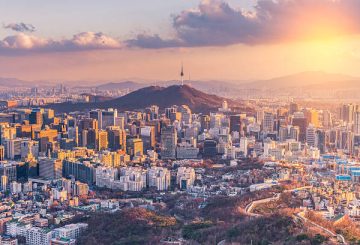뉴질랜드에 거주하는 피지-인도인들은 태평양섬 주민이 아닌 아시아인으로 분류되고 있기 때문에 보건 및 교육을 포함한 분야의 지원 서비스를 놓치고 있다고 한 지역사회 리더는 말했다.
크리쉬 나이두(Krish Naidu) 피지-거밋 재단(Fiji Girmit Foundation) 회장(사진)은 피지-인도인을 태평양 공동체로 인정하지 않음으로써 이들이 태평양 공동체가 이용할 수 있는 자원과 지원에 접근하는 것을 정부가 막고 있다고 말했다.
오피토 윌리엄 시오(Aupito William Sio) 태평양 담당 장관은 뉴질랜드 통계청의 피지-인도인 분류는 태평양 민족이 아닌 “아시아인, 인도 하위 분류”에 속한다고 말했다.
“통계청 분류는 공통 언어, 관습 및 전통을 가진 사람들을 포함하는 민족지적 프로파일과 일치한다. 나는 또한 피지-인도인들의 민족적 특징이 태평양 원주민들의 것과 유사한 프로파일의 것이 아니라는 것을 알게 되었다”고 장관은 말했다.
그러나 매시 대학교의 사회학자 폴 스푼리(Paul Spoonley) 교수는 역사와 문화적 정체성 때문에 피지-인도인을 파시피카(Pasifika)로 분류하는 상당한 사례가 있다고 밝혔다.
“개인적으로 피지 출신 사람들을 파시피카(Pasifika)로 나눈다. 공식 통계를 수집하는 방식이 혼돈을 일으키지만 이것이 내가 해온 방식이다”고 교수는 전했다.
“인도인은 다양한 범주에 속하며 ‘인도인’이라고 대답하는 사람들도 항상 명확하게 ‘피지인’이지는 않다. 통계청은 최선을 다하지만 출생지인 피지와 인종 분류를 연결할 수 없는 한, 이 경우 인도인은 ‘아시아인’으로 분류된다.”
2018년 인구 조사에서 약 15,000명의 사람들이 피지-인도계 민족으로 확인됐다. 나이두씨는 현재 피지-인도인 공동체가 이보다 훨씬 더 넓다고 믿고 있으며, 태평양에서 두 번째로 큰 민족 공동체이다.
거밋 재단은 피지-인도 유산을 가진 사람들을 대표하고 옹호하기 위해 2013년에 설립됐다. 재단은 적어도 다음 인구조사에서 분류 변경이 있을 수 있도록 공식적인 검토를 요구하고 있다.
나이두씨는 “우리 대부분은 스스로를 태평양 민족의 일부라고 생각하고 있지만, 이와 같이 범주에 따른 지원을 위해 문을 두드릴 때 도움을 받지 못햇다”고 말했다.
이미지 저작권: 뉴질랜드 피지 거밋 재단






























































